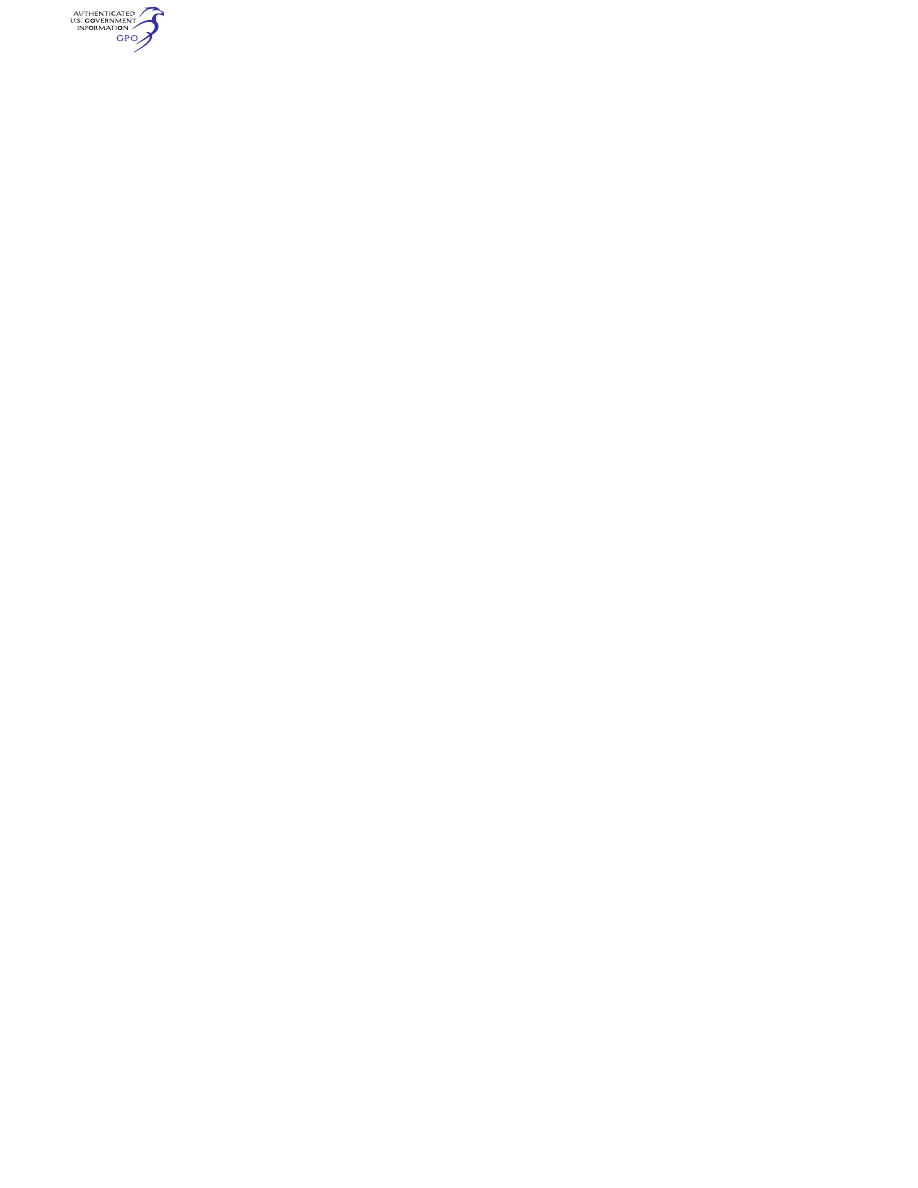
590
14 CFR Ch. I (1–1–24 Edition)
§ 29.397
limit pilot forces prescribed in § 29.397
in conjunction with the forces output
of each normally energized power de-
vice, including any single power boost
or actuator system failure;
(3) If the system design or the normal
operating loads are such that a part of
the system cannot react to the limit
pilot forces prescribed in § 29.397, that
part of the system must be designed to
withstand the maximum loads that can
be obtained in normal operation. The
minimum design loads must, in any
case, provide a rugged system for serv-
ice use, including consideration of fa-
tigue, jamming, ground gusts, control
inertia, and friction loads. In the ab-
sence of a rational analysis, the design
loads resulting from 0.60 of the speci-
fied limit pilot forces are acceptable
minimum design loads; and
(4) If operational loads may be ex-
ceeded through jamming, ground gusts,
control inertia, or friction, the system
must withstand the limit pilot forces
specified in § 29.397, without yielding.
[Doc. No. 5084, 29 FR 16150, Dec. 3, 1964, as
amended by Amdt. 29–26, 55 FR 8002, Mar. 6,
1990]
§ 29.397
Limit pilot forces and torques.
(a) Except as provided in paragraph
(b) of this section, the limit pilot
forces are as follows:
(1) For foot controls, 130 pounds.
(2) For stick controls, 100 pounds fore
and aft, and 67 pounds laterally.
(b) For flap, tab, stabilizer, rotor
brake, and landing gear operating con-
trols, the following apply (R = radius in
inches):
(1) Crank wheel, and lever controls, [1
+ R]/3
×
50 pounds, but not less than 50
pounds nor more than 100 pounds for
hand operated controls or 130 pounds
for foot operated controls, applied at
any angle within 20 degrees of the
plane of motion of the control.
(2) Twist controls, 80R inch-pounds.
[Amdt. 29–12, 41 FR 55471, Dec. 20, 1976, as
amended by Amdt. 29–47, 66 FR 23538, May 9,
2001]
§ 29.399
Dual control system.
Each dual primary flight control sys-
tem must be able to withstand the
loads that result when pilot forces not
less than 0.75 times those obtained
under § 29.395 are applied—
(a) In opposition; and
(b) In the same direction.
§ 29.411
Ground clearance: tail rotor
guard.
(a) It must be impossible for the tail
rotor to contact the landing surface
during a normal landing.
(b) If a tail rotor guard is required to
show compliance with paragraph (a) of
this section—
(1) Suitable design loads must be es-
tablished for the guard: and
(2) The guard and its supporting
structure must be designed to with-
stand those loads.
§ 29.427
Unsymmetrical loads.
(a) Horizontal tail surfaces and their
supporting structure must be designed
for unsymmetrical loads arising from
yawing and rotor wake effects in com-
bination with the prescribed flight con-
ditions.
(b) To meet the design criteria of
paragraph (a) of this section, in the ab-
sence of more rational data, both of the
following must be met:
(1) One hundred percent of the max-
imum loading from the symmetrical
flight conditions acts on the surface on
one side of the plane of symmetry, and
no loading acts on the other side.
(2) Fifty percent of the maximum
loading from the symmetrical flight
conditions acts on the surface on each
side of the plane of symmetry, in oppo-
site directions.
(c) For empennage arrangements
where the horizontal tail surfaces are
supported by the vertical tail surfaces,
the vertical tail surfaces and sup-
porting structure must be designed for
the combined vertical and horizontal
surface loads resulting from each pre-
scribed flight condition, considered
separately. The flight conditions must
be selected so that the maximum de-
sign loads are obtained on each surface.
In the absence of more rational data,
the unsymmetrical horizontal tail sur-
face loading distributions described in
this section must be assumed.
[Amdt. 27–26, 55 FR 8002, Mar. 6, 1990, as
amended by Amdt. 29–31, 55 FR 38966, Sept.
21, 1990]
VerDate Sep<11>2014
09:06 Jun 28, 2024
Jkt 262046
PO 00000
Frm 00600
Fmt 8010
Sfmt 8010
Y:\SGML\262046.XXX
262046
jspears on DSK121TN23PROD with CFR